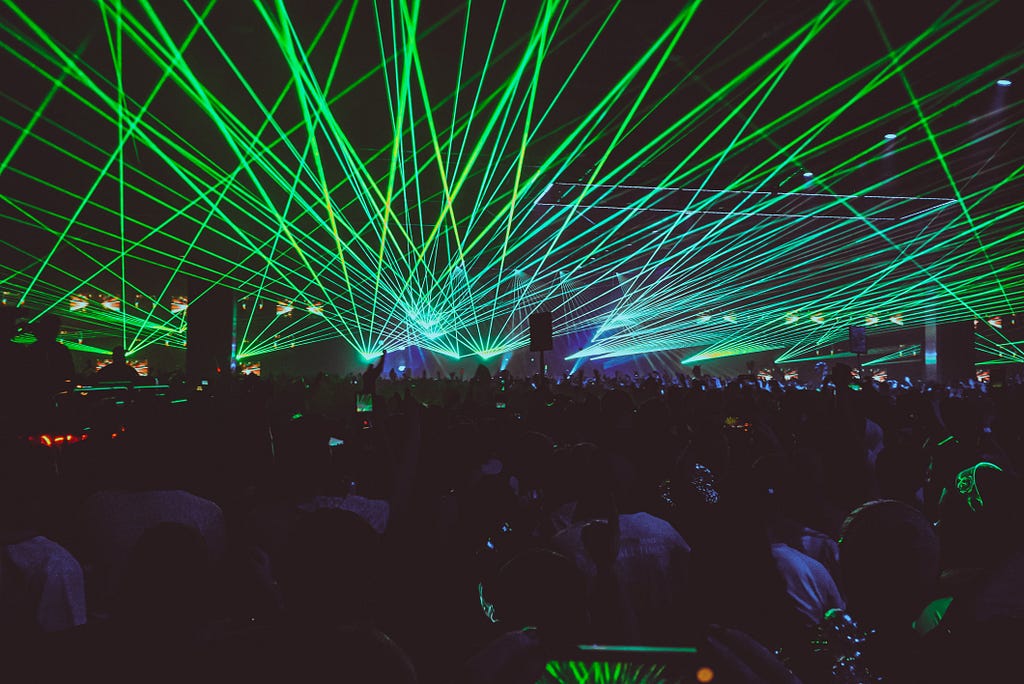Sami Niemelä
Creative Director, Innovation Coach

Creative Director, Innovation Coach
This is a companion post for a studio Weeknote#668 here.
Despite not being a religious person by any means, I’ve always found the concept of faith, beliefs, and the related artefacts interesting. Especially beyond (organised) religions or religious beliefs, the concept of faith is a fascinating wormhole into the complexity of human behaviour.
Originally derived from Latin fides and Old French feid, faith is confidence or trust in a person, thing, or concept. There is also bad faith, a legal concept in which a malicious motive on the part of a party in a lawsuit undermines the case intended to defend. Interestingly, bad faith is also an existential philosophic concept by 20th-century French philosophers Simone de Beauvoir and Jean-Paul Sartre. In it, they describe the phenomenon where us human beings, under social pressure, adopt false values, disown our true calling and act inauthentically — for example trying to adapt to what we think the environment excepts from us.
This has reverse effects as well. The most obvious belief systems here are the assumption of us vs them and conspiracy theories. The way the human mind often works it’s actually easier to let our mammal brain run wild with easy assumptions and see a world full of enemies where there might be just different intentions and systemic consequences. The discussion around world politics, climate change, and COVID19 being obvious examples.
Our mind is primed on action thrillers and science fiction, simple solutions, and thus compelling stories often are easier to believe than complex, systemic problems and entropy present in nature. While the lizard people still may reside on the dark side of the moon, I believe the world is a complex, messy place driven by far more mundane incentives and randomness.
In the context of business, the idea of authenticity can lead to many directions. The idea of authenticity seems to be almost bucket-list hygiene for any brand project nowadays, even though implementation may vary. In the end, any claims about authenticity are put to test through our actions, corporate and private citizens alike. For example, are we genuinely ourselves at work? Quite paradoxically, the idea of bringing our whole self to work can easily create inauthenticity if we act on the idea while not quite knowing who we really are.
It’s easy to get cloudy on a daily bombardment of think pieces and Linkedin posts on how to do this, and I won’t be offering a solution either. What I do encourage is going beyond the fads and bulleted lists, and embarking on the journey of discovering your own true purpose, maybe by peeling your ego and manners layer by layer, slowly but surely. After all, being authentic is also about being comfortable in your own skin and aware of your own traits and beliefs. This, by the way, applies to individuals and corporate entities alike.

The concept of purpose is an interesting one in the professional context as well. Recently we’ve been exploring the overlap between strategy and complexity theory on a few occasions and turns out corporate purpose relates to faith as well.
More specifically, what do we believe our work is made of? What kind of narratives and beliefs does an organisation carry as baggage? What are the things that have always been done this way, or were tested and tried in the 80s in Germany?
Political scientists such as David Runciman already argue we reached the first stage of singularity some time ago when we invented corporations and nation-states, self-sustaining superintelligent organisms. According to the idea of panarchy, systems consist of nested adaptive cycles, which become self-sustaining and thus very hard to disrupt from within. These beliefs may very reason why so many massively expensive and long transformation projects fail to make a long-lasting impact in the first place. Or so I believe (see what I did there?).
The thing is, the real world is a complex place. One that is hardly a linear chain of steps, diamonds, or whatever method of visualisation you may fancy. For this, we need to adapt our thinking and approach and learn to let go of old beliefs. Truly meaningful change is seldomly brought upon by old ways of thinking. Yes, we will replace them with what are new beliefs, but in good faith, I believe we should actually call them what they are — hypotheses and experiments which have a built-in characteristic that they are to be proven true, or false intentionally.
And this exactly is what both brings them closer to science, and thus separates them from mere beliefs, religious or otherwise.
Beliefs was originally published in Future is Present Tense on Medium, where people are continuing the conversation by highlighting and responding to this story.